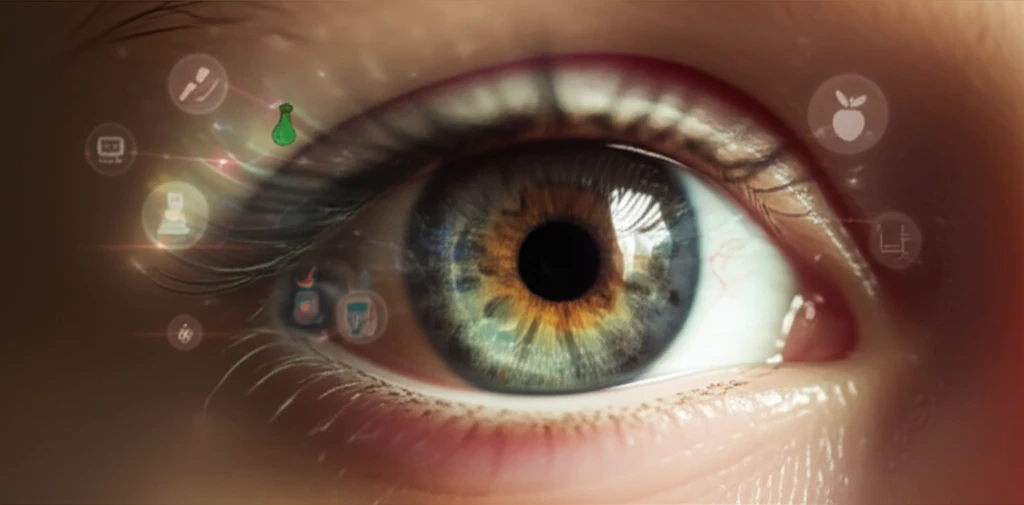
Diabetes and Your Child's Eyes: What You Need to Know
"New research sheds light on how diabetes affects corneal health in children. Learn about corneal biomechanics and proactive steps for safeguarding your child's vision."
Diabetes mellitus is a common condition linked to various eye complications, including diabetic retinopathy, cataracts, and glaucoma. These effects extend to the cornea—the eye's clear front surface—potentially impacting its structure and function. Understanding how diabetes affects the cornea is crucial for proactive eye care in children with this condition.
The hyperglycemic state in diabetes triggers nonenzymatic glycosylation of proteins, leading to the formation of advanced glycosylation end products (AGEs). These AGEs accumulate in tissues, causing increased collagen crosslinking, which can alter the cornea's biomechanical properties.
While studies have explored these corneal changes in adults with type 2 diabetes, research on children with diabetes has been limited. This article examines new findings on corneal biomechanical properties in children with diabetes mellitus, offering valuable insights for parents and caregivers.
Understanding Corneal Biomechanics: CH and CRF

Researchers conducted a study involving 46 children with diabetes mellitus and 50 healthy children, evaluating corneal hysteresis (CH) and corneal resistance factor (CRF) using the Ocular Response Analyzer. CH measures the cornea's ability to dampen stress, while CRF reflects its overall resistance. These measurements help assess the cornea's structural integrity and response to pressure.
- Corneal Hysteresis (CH): Measures the viscous damping of the cornea, indicating its ability to absorb and dissipate energy.
- Corneal Resistance Factor (CRF): Reflects the overall resistance of the cornea, combining viscous and elastic properties.
- Ocular Response Analyzer (ORA): A device used to measure CH and CRF by applying a rapid air pulse to the cornea.
Protecting Your Child's Vision: Proactive Steps
While the study indicates that diabetes may not directly alter corneal biomechanical properties in children, regular eye exams are essential for early detection and management of any potential issues. Monitor blood sugar levels, maintain a healthy lifestyle, and consult with your child's healthcare provider for personalized guidance. If you notice any changes in your child's vision, seek immediate professional care.
